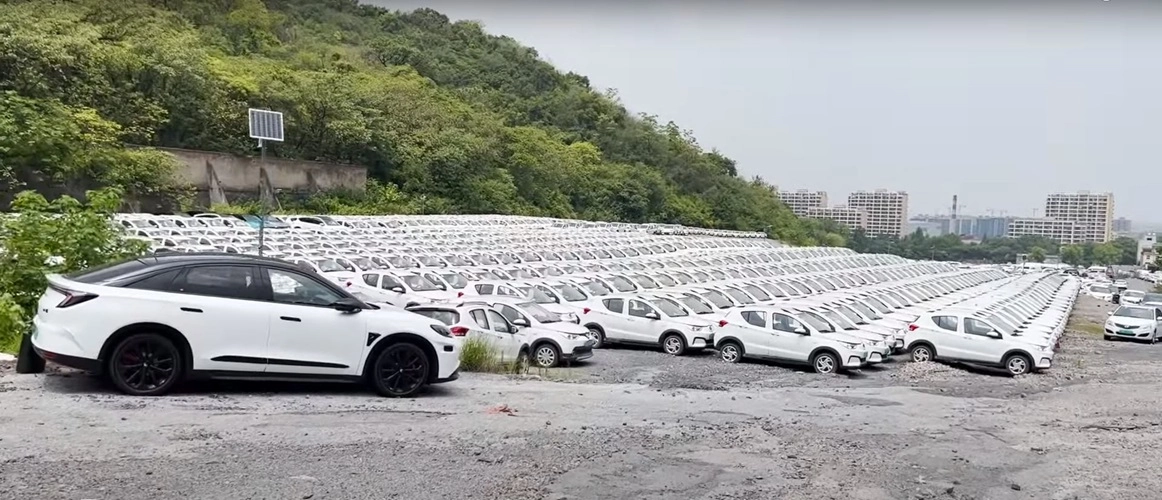Unlike Europe, in recent years, it has become noteworthy that in some locations in China, EVs are piling up, causing negative effects on the ecosystem.
This raises concerns among industry stakeholders as well as officials and citizens in the affected areas.
The truth is that, given that the Asian giant is the largest consumer market for electric cars, users’ choice to abandon units has a significant impact.
Through state subsidies, the Chinese electrified vehicle industry paved its way and became an example globally.
However, the consequences are evident on the outskirts of cities like Hangzhou, Shenzhen, or Beijing, according to information published by Tomorrow.City.
In these locations, thousands of drivers have found ideal places to abandon their cars without any hindrance.
In Europe, the situation is entirely different.
Based on proposals from the European Union, electric vehicle manufacturers will now be responsible for ensuring that units are not abandoned at the end of their lifespan.
Several companies have already started to comply with the new requirements.
For instance, Nissan is repurposing the old batteries from its Leaf vehicles in automated guided vehicles that deliver parts to workers in their factories.
Volkswagen is doing the same.
Additionally, the German company recently inaugurated its first recycling plant in Salzgitter, Germany, and plans to recycle up to 3,600 battery systems per year during the pilot phase.
Meanwhile, the French automaker Renault is recycling all the batteries from the electric cars it produces.
It implements this method through a consortium with the French waste management company Veolia and the Belgian chemical company Solvay.
It is worth noting that recently, the joint venture created by Stellantis and Galloo, SUSTAINera Valorauto SAS, launched a new service contributing to sustainability called Valorauto.
This is a free solution for vehicles that are out of use, involving their collection and subsequent dismantling.
In the same vein, it also leverages original parts and grows the market for reused original spare parts.
This service gathers vehicles weighing less than 3.5 tonnes, both for passenger cars and light commercial vehicles, whether combustion or electric.
It is already operational in Belgium, France, and Luxembourg.
Why do EV Graveyards Exist?
There are various reasons why users discard their EVs.
On one hand, since lithium batteries account for around 40 percent of the total car price, some users choose to abandon them rather than repair them.
The truth is that if the energy packs fail or suffer damage, investing in their repair incurs a high economic cost, and therefore, they prefer to buy a new unit.
However, it is worth mentioning that this is not the only reason why people discard vehicles. In fact, sources claim it is a multi-causal phenomenon.
The reality is that images that have come to light show that many of the abandoned models belonged to car-sharing companies that went bankrupt.
Units from other companies that failed to survive the electric car revolution are also being discarded.
With the rapid development of electromobility, the collapse or absorption of startups and small manufacturers left many vehicles stranded.
But not all news are negative for the sustainable mobility sector.
There are a series of methods that serve to counteract this issue, which are already being applied today.
These measures follow the path of the three Rs: Recycle, Reuse, and Reduce.
Since electric vehicle parts are made of materials like aluminium, copper, and steel, these can be repurposed for other uses.
In this way, auto parts can be turned into new products, reducing waste production and helping to conserve valuable resources.
Regarding reduction, this task includes battery design, prioritizing size reduction, increasing lifespan, but also lowering production costs.






